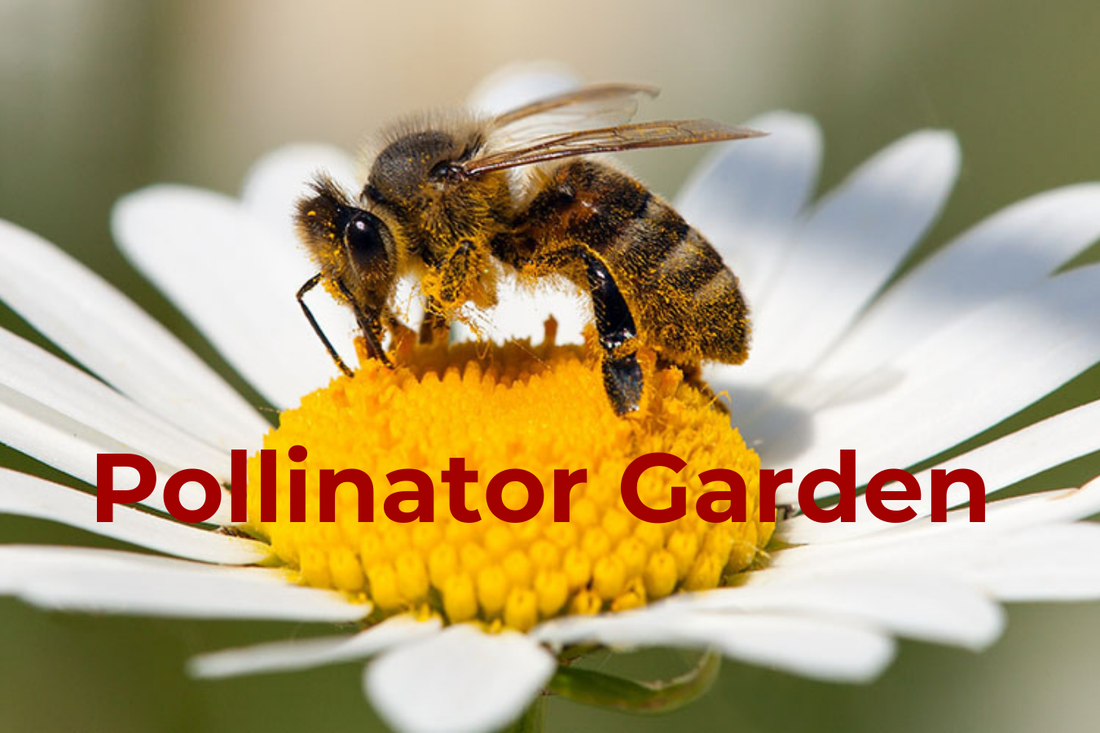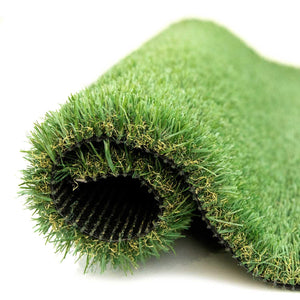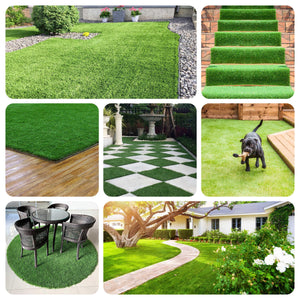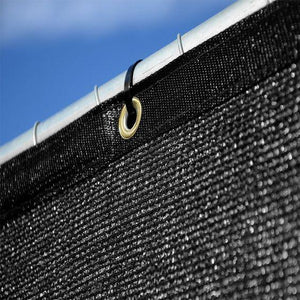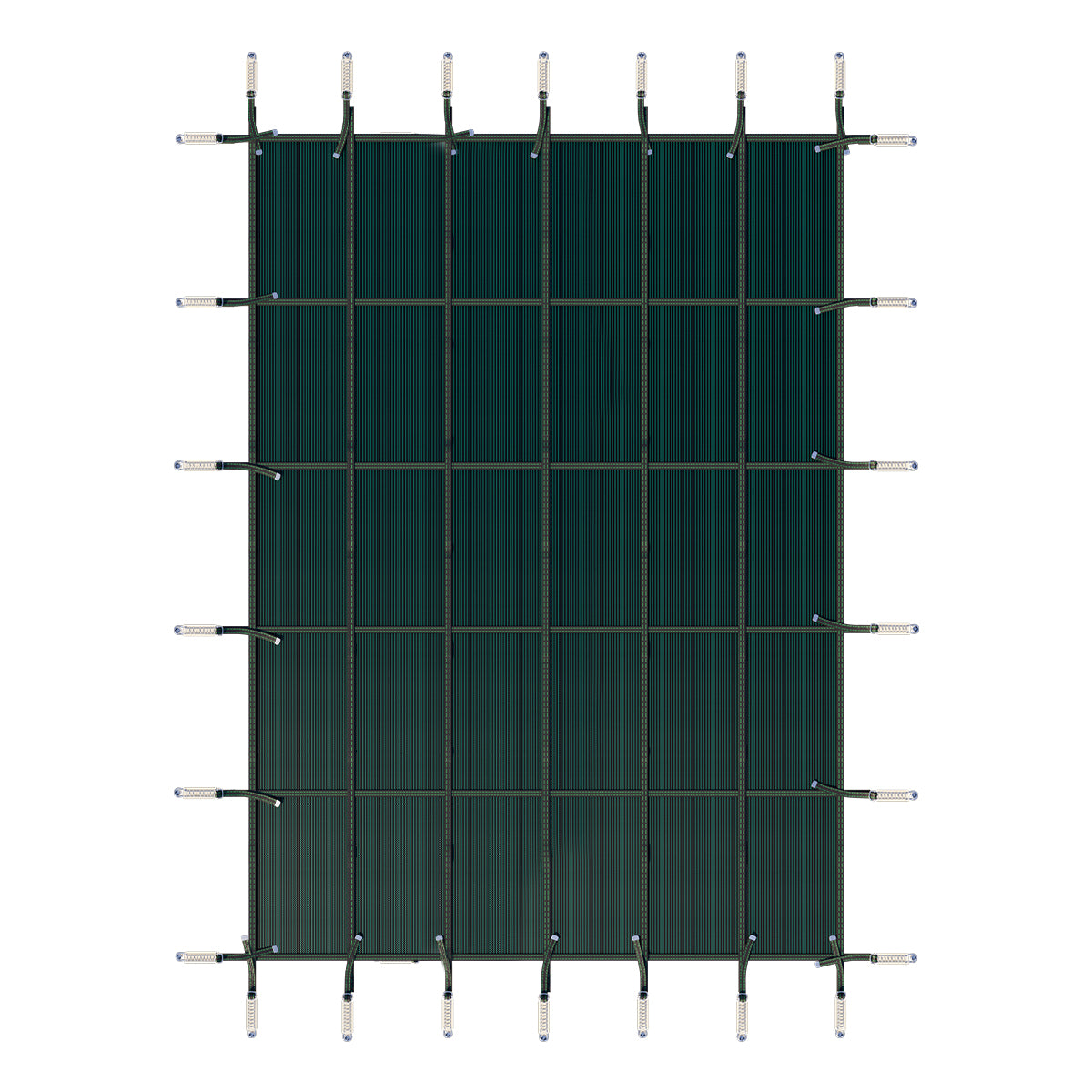Traditional yards featuring immaculate lawns and minimal plant life often serve as ecological deserts. However, this need not be the case. Establishing a pollinator garden is an effective strategy to enhance your yard's support for wildlife. Pollinator gardens are specifically designed to attract beneficial insects such as butterflies and bees, providing them with vital resources throughout all stages of their life cycle—from eggs to larvae to adults. In turn, these pollinators significantly contribute to the health and productivity of our gardens.
A well-designed pollinator garden should offer food, shelter, and protection. Below are essential tips on how you can provide these crucial elements in your own yard.
Provide Food for Pollinators
To successfully complete their life cycles, pollinators require the presence of specific plant species to support their developmental needs.

Why Native Plants are Pollinator Powerhouses
Ever wondered why some plants seem to attract a buzzing crowd of bees and butterflies, while others remain lonely? The secret lies in co-evolution. According to Susan Carpenter, a native plant expert at the University of Wisconsin-Madison Arboretum, native plants are a magnet for pollinators because they've developed alongside them over time. This translates to a tastier and more nutritious feast for pollinators, leading to a greater variety and abundance of these helpful insects in your garden.
But beware of imposters! Carpenter warns against relying solely on looks. Non-native plants like butterfly bush (Buddleia spp.), while seemingly attractive to pollinators, may not provide the same level of sustenance as true natives.
The key to a thriving pollinator haven? Variety and timing! Planting a diverse mix of native plants that bloom throughout the growing season ensures a constant buffet for your buzzing guests. Understanding the life cycles of your target pollinators is another bonus. If monarchs are your winged friends of choice, consider incorporating plants that cater to both their caterpillar and adult needs.
Remember, a native plant paradise doesn't have to look like a manicured masterpiece. Embrace the natural beauty and diversity of these native wonders! Organizations like the Xerces Society and Pollinator Partnership offer handy resources to help you find the perfect native plants for your region, creating a vibrant pollinator haven in your own backyard.

Don't Mow, Let it Grow
Forget the perfectly manicured lawn - it might be doing more harm than good for our buzzing friends, the pollinators. Here's some good news: common lawn flowers like clover and dandelions are actually a tasty treat for bees and other pollinators!
"Lawns with flowers are a bee bonanza," says Matthew Shepherd, an expert at the Xerces Society for Invertebrate Conservation. The solution is simple: mow less! Studies show that lawns mowed every two weeks, instead of weekly, see a significant increase in bee activity.
Shepherd suggests a more relaxed approach to lawn care: mow less frequently, keep the grass a bit longer, and let those flowers bloom! This creates a natural buffet for pollinators.
There's even a movement for it! Initiatives like "No Mow May" and "Slow Mow Summer" encourage homeowners to embrace a more pollinator-friendly lawn strategy.
Want to go all-in? Consider a bee lawn! These seed mixes, often containing native wildflowers, are readily available online and at garden centers. Transform your lawn into a vibrant pollinator paradise, one less mow at a time!

Provide Shelter for Pollinators
Pollinators require nesting sites and safe havens to endure the winter months. You can integrate these essential features into your pollinator garden through various methods.
Giving Butterflies and Moths a Soft Landing
Butterflies and moths need a gentle place to land when they're ready to transform, says Susan Carpenter, a native plant expert. Here's where "soft landings" come in.
Imagine this: a caterpillar munches happily on the leaves of a native tree. When it's time to pupate, it takes a leap of faith, dropping to the ground below. This is where a soft landing becomes crucial.
By planting native plants under your trees, you create a safe haven for these falling caterpillars. These "soft landings" provide a cozy spot for them to pupate amongst the leaf litter and plant debris. The undisturbed environment allows them to overwinter safely before emerging as beautiful butterflies or moths.
So, the next time you're landscaping, remember the power of native plants. They not only provide food for caterpillars, but also create the perfect soft landing for their next stage of life.

Don't Rake!
Fall is here, and the urge to rake those fallen leaves might be strong. But hold on! Raking can actually disrupt the delicate ecosystem in your yard. Here's why: fallen leaves are a haven for overwintering pollinators!
"Leaving the leaves" is an initiative encouraging homeowners to ditch the rake and let nature take its course. Matthew Shepherd, an expert on pollinators, clarifies that you don't have to leave every single leaf untouched.
The key is strategic placement. Instead of raking everything away, consider leaving leaves around the base of shrubs. These create cozy pockets for pollinators to overwinter. You can also use them as mulch for your flower beds - a natural and eco-friendly alternative to bark mulch.
So next fall, skip the raking and embrace the leaves! They're not just yard waste; they're a vital part of a healthy pollinator habitat.

Hold Off on the Yard Work!
Spring beckons us to spruce up our yards, but rushing into cleanup can disrupt vital residents - our overwintering pollinators. These beneficial insects rely on warmer temperatures to emerge from their winter slumber. By delaying your spring cleaning and leaving some plant stems and leaf litter undisturbed, you create a safe haven for these essential creatures, preventing them from being accidentally discarded with yard debris.

The Power of Brush Piles
Don't underestimate the power of a simple pile! Brush piles, composed of leaves, dead wood, or cut stems, offer a surprising benefit for your backyard: a haven for butterflies, moths, and bees. These beneficial insects utilize brush piles as nesting sites and crucial overwintering habitat.

Don't Let Perfection Block Progress
The quest for a flawlessly manicured garden might have you reaching for mulch and planting every inch of soil. But hold on! Leaving some bare patches can be a game-changer for your backyard's buzzing residents - pollinators. Shepherd reveals a surprising fact: a whopping 70% of the 3,600 native bee species in the United States rely on bare ground for nesting. These essential pollinators need undisturbed soil to create their homes. So, embrace the power of imperfection! Let designated areas breathe and resist the urge to completely fill your garden with plants, grass, or mulch.

Other Considerations
Before you get started on creating your pollinator garden, keep the following tips in mind to keep things manageable.
Start small
Start small and focus on what's manageable. Don't get overwhelmed by the idea of creating a perfect pollinator haven.
Know your community's rules
Before your pollinator dreams take flight, it's crucial to understand your community's regulations. Some municipalities and homeowners' associations (HOAs) have specific rules regarding landscaping.
Familiarize yourself with these guidelines to ensure your pollinator haven aligns with them.
Educate your neighbors
If community restrictions limit your front yard vision, fret not! The concept is still new to many people. Consider informing them about what you are trying to do and install signs identifying your yard as pollinator habitat.

